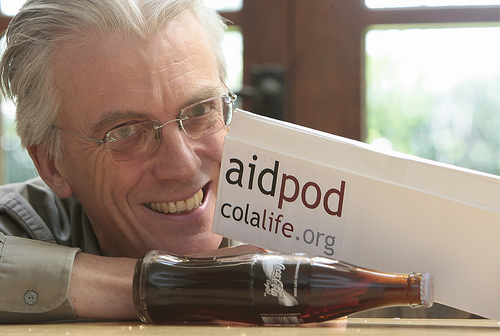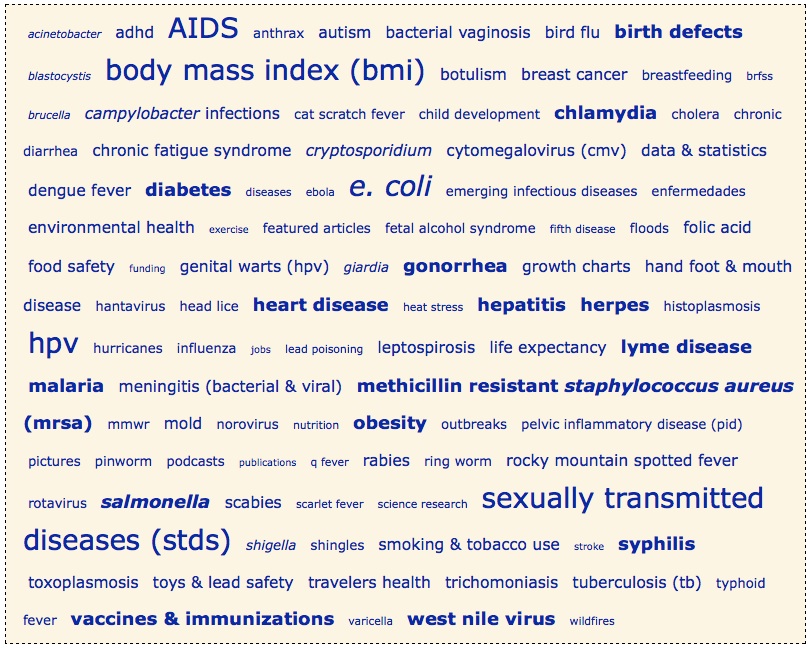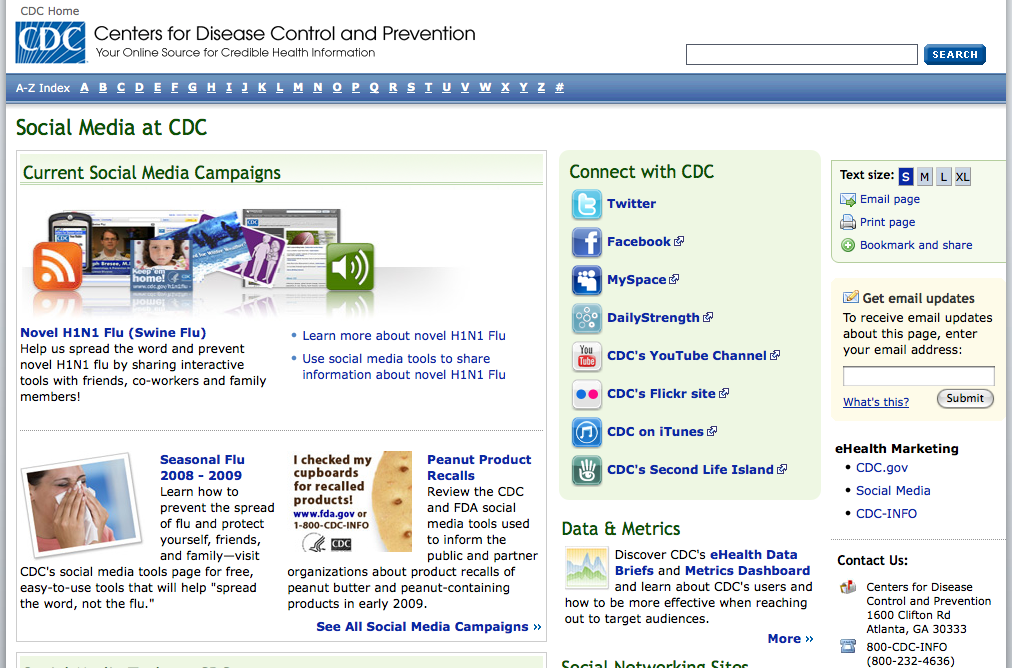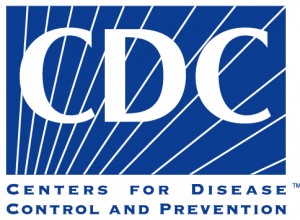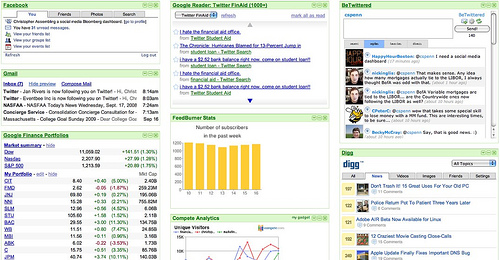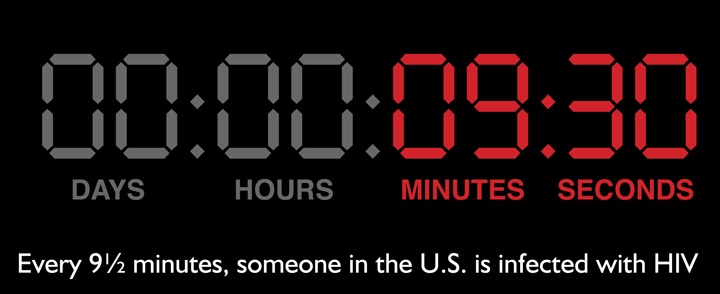“Never doubt that a small group of thoughtful, committed citizens can change the world.” Margaret Mead said this in the early 20th century. Who knew that in the early nineteen hundreds, she’d be quoting today’s science?
A new study conducted at the Social Cognitive Networks Academic Research Center (SCNARC) at Rensselaer Polytechnic Institute on how beliefs spread through social networks found that minority rules: Only 10% of a population needs to be convinced of a new or different opinion to change the beliefs of an entire community.
According to the article, there are two main take-aways for those in the public health space:
- Public health campaigns might do well to target a small percentage of a community.
- Getting an entire population to adopt a new belief might require simply convincing 10 percent to believe it first.
In an interview, Prof. Boleslaw Szymanski, director of SCNARC, was quoted saying:
“We suggested,” Sreenivasan said, “that instead of trying to convince everyone, it might make the most sense to target selectively the people who are open-minded enough to hear out the evidence and make up their minds rationally.”
Reading through the details of this study is fascinating and so many questions come to mind for future exploration:
- Is minority rule a good thing? This research helps us better understand the importance to develop messages, materials and services with a certain community in mind to help ignite a movement. However, taken to the extreme, one can’t help but wonder about this insight being applied with misguided intent.
- Is 10% the tipping point? Once you reach 10% of the population–is that the tipping point for spreading ideas through social networks and alter behaviors on a larger scale?
- Does this rule apply across the board? According to the article, the research is still in its early stages. It’s uncertain if this 10% rule will apply to all kinds of beliefs, especially political ones.
- How does this connect with influencer theory? So much has been said about the role of influencers: who they are and how to connect with them–and if that even matters. Craig Lefebvre made a good point during last week’s CDC conference that the hyper-focus on influencers leads to a “distraction from understanding who are the ‘influenced’ and what can we learn from them.” I tend to agree.
What about you–What’s your reaction to this research?
flickr credit: ThisParticularGreg








